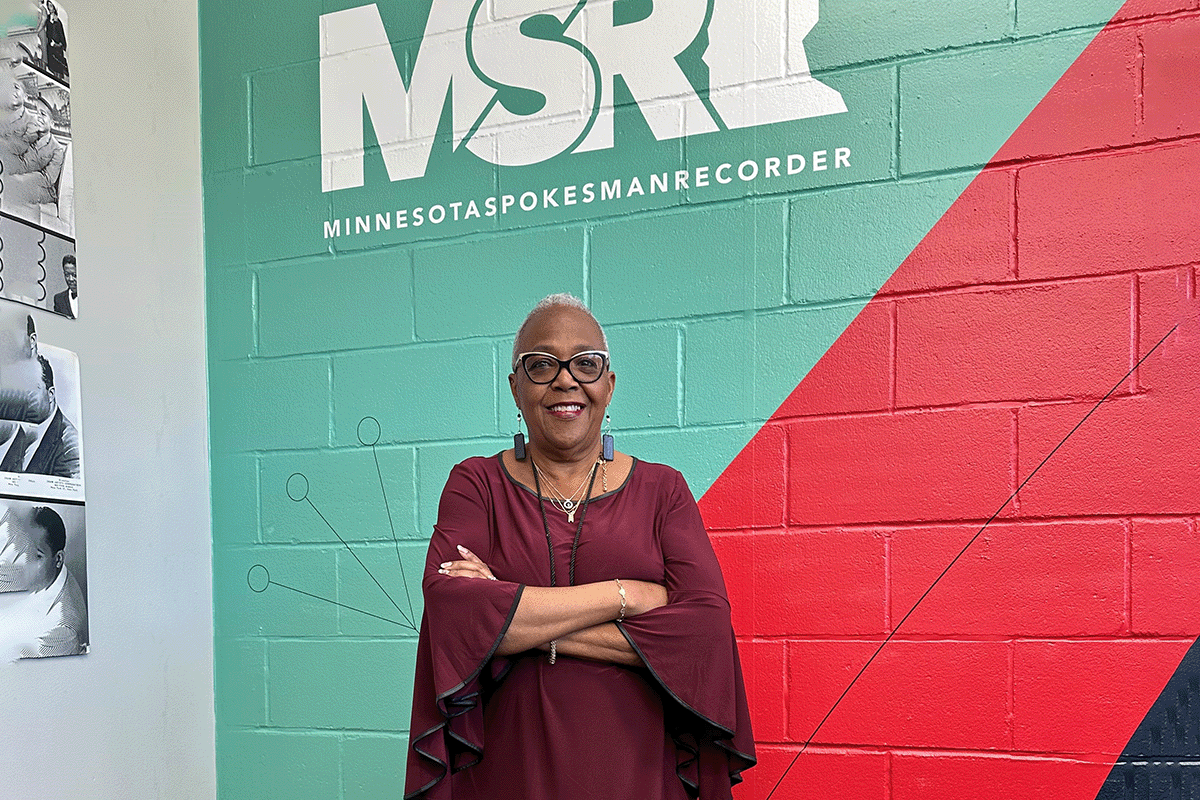Small businesses are usually founded by entrepreneurs who have a unique vision and a passion that drives them to work late hours, take chances and believe in what they’re doing. But, just as Thomas Edison once said that invention is one percent inspiration and 99 percent perspiration, successfully running a small business requires rolling up your sleeves and putting in the time with more mundane, day-to-day matters.
You can be driven, impassioned and have a great idea to fill a niche or serve customers in new ways, but if you don’t attend to the details of the business, like cash flow, you can create a heap of problems for yourself.
Today we’re going to lift up the hood and look at one of the most important of these business details: managing cash flow. Especially for early startups, knowing how much cash is coming in and going out, and accurately forecasting sales and expenses, is key to maintaining your company’s health.
No matter where you are in your business, keep these things top of mind:
1. Know when you will break even
The question, “When do I start to turn a profit?” is at the front of every small business owner’s mind. Rather than wonder, set a realistic goal for when you want to break even. This will help you to focus your efforts and provide a numerical benchmark for projecting your cash flow in the near future.
2. Put cash-flow management before profits
This might seem counterintuitive; after all, profits are how you survive. However, if you aren’t organizing your cash flow, you’ll run into problems that a profitable quarter might not be able to fish you out of. Keep things organized and well managed so you can be ready for whatever success comes your way!
3. Secure credit ahead of time
Too often, small business owners wait until they need it to secure credit. This can cause a lot of unnecessary stress, or worse. Talk to experienced business owners in your area and industry ahead of time to know how much revenue you’ll need up front. Take a realistic look at the situation and plan. You might have sufficient cash reserves or a rich uncle who is only a call away, but most small business owners should secure as much credit as possible. This is the best way to be prepared for the unexpected.
4. Use a dedicated software to manage your finances
Even if you’re running a small operation and you think that a simple spreadsheet will suffice, it won’t. Think bigger! Most accounting software that is available today allows you to both hone in on the details and look at the big picture of your finances. There are, of course, plenty of other advantages these programs offer, but above all, using a dedicated system to manage your cash flow will keep you organized and on top of your financial dealings and hence, your business.
5. Use a payroll service
It’s tempting to think that you can do payroll all on your own. However, many small business owners have found that having the professionals take care of collecting payroll taxes saves them an enormous amount of time, helps streamline their cash flow and is fully worth the cost.
6. Accounts payable improvements
There is more than one way to save a dollar and there is more than one way to spend a dollar. Small business owners are always looking for ways to improve efficiencies and reduce costs. In addition to this, they should look at how they are paying their bills. Many credit cards have a cash-back bonus program. Even if you get just 1 percent cash back that could equate to as much as several thousand dollars a month, depending on the amount you spend. However, because credit cards tend to have a higher interest rate, you should only use them if you are sure you will be able to pay your balance off in full.
7. Schedule your payments
You don’t have to pay everything at once; in fact, you shouldn’t. This is not to say you should be delinquent on any payment; rather, to keep sufficient cash on hand, consider dividing your bills into three categories:
- Category 1: Must pay — This includes payroll, taxes or rent, things that you must pay in order to keep operating.
- Category 2: Important to pay — Sometimes utility bills and insurance payments have penalty-free grace periods, in which case, you might want to take advantage of this.
- Category 3: Payment is flexible — Many vendors and suppliers are happy to work out a flexible payment plan. Be honest with them, keep communication open and pay at the agreed-upon time.
8. Keep up on cash coming in
Making sure you get paid is, of course, one of the most important parts of your business operations. The sooner you get paid, the sooner you can put money back into your business and grow. Therefore, it’s vital to send out your invoices in a timely manner and establish clear terms of payment ahead of time.
Be sure to factor in the fact that people and other companies are often late with payments, so if you want to receive payment within a month, make your payment terms 14 days.
Learn more about how U.S. Bank can help you successfully manage your small business.


































































































